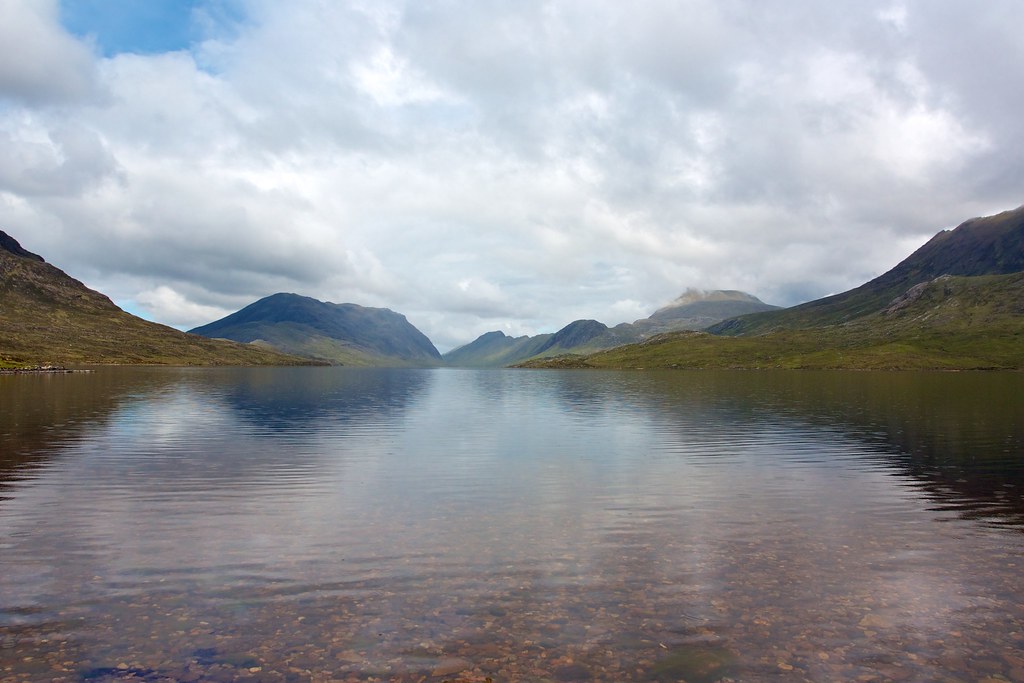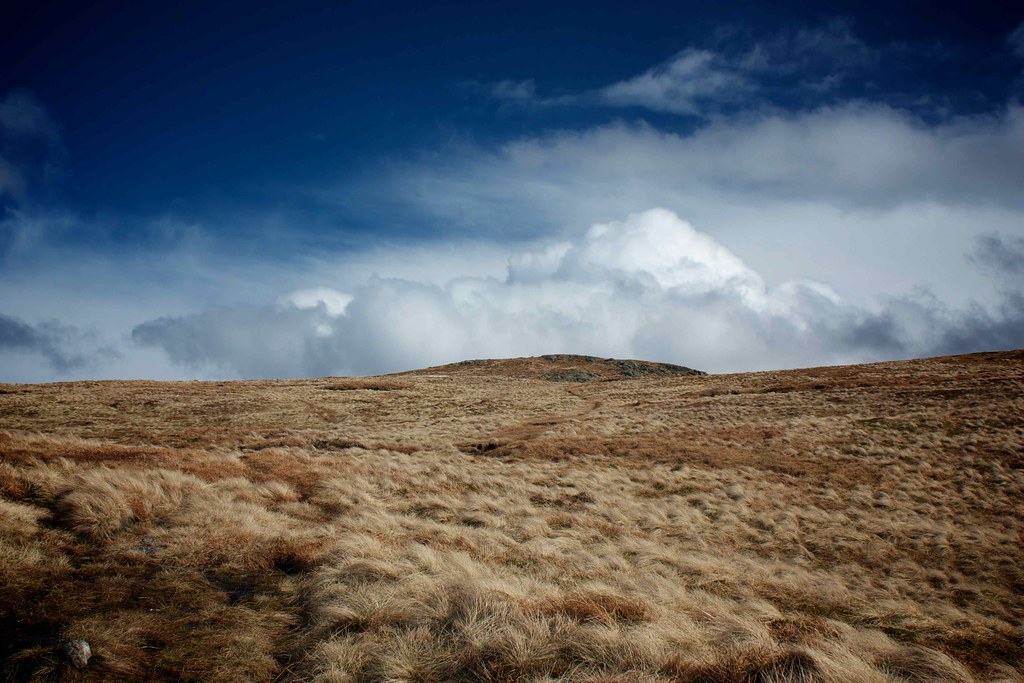A response to the Consultation on SNH's Wild Land Map Until the 20th December Scottish Natural Heritage are seeking responses to their consultation on the most recent issue of the Core Areas of Wild Land map. This important document could form the basis for protection of a large percentage of Scotland's best and most important remaining wild landscapes and it is vitally important that as many people as possible make their views known. The consultation takes the form of three questions and the John Muir Trust have put together a helpful series of guidance pages to help you write your answers. All responses must be unique to the individual to be taken into account. I have reproduced my response below and David Lintern has shared his over on Self Powered.
Please visit the SNH consultation page for a copy of the proforma and further guidance on submitting your response.
Wild Land is one of this country’s most important natural resources and the importance of this landscape for biodiversity, for recreation and tourism, and for the rural economy cannot be underestimated.
There is no doubt in my mind that Wild Land in Scotland is under threat now more than ever before. New developments, increasingly on an industrial scale, are moving away from well established infrastructure corridors and encroaching on land that has little in the way of existing development beyond perhaps a track or footpath, or a small estate building. This is exemplified by the proposal at Allt Duine where a large wind farm will cause significant visual intrusion into the Cairngorms National Park, as well as scarring a large area of outstanding wild land for generations to come.
I am concerned that every approved development diminishes the appeal of wild land both in the immediate area, and the wider vicinity and will ultimately have a strongly negative impact on the public’s enjoyment of the Scottish countryside and on nature.
I am strongly supportive of the Wild Land 2013 Map and the methodology behind its creation. It takes into account the fact that no land in Scotland is true wilderness, but that there is still a tangible sense of wildness in many of our landscapes. I believe the map is a strong representation of the precious and diminishing amount of wild land that we have left and that it should be adopted and used by local authorities, the Scottish government and others to protect wild land and ensure that our children and grandchildren can enjoy the same beauty that we find out there today.
The map lays down clearly defined boundaries within which wild land can be protected and will help focus new and existing conservation and stewardship programmes. Wild land should not be at the mercy of tens if not hundreds of development applications that must be individually challenged, but under an umbrella protection that prohibits any insensitive or unsustainable development that reduces wildness. This map provides a clear, visual way of facilitating that protection.
Whilst I see this map as part of an ongoing discourse about Wild Land, I think the methodology used by SNH has resulted in a true and accurate portrayal of significant and important areas of wild land in Scotland. My eye is drawn to the North West Highlands and the fabulous Flow Country in the Far North which are both landscapes renowned for their scenery and habitat and are visited and enjoyed by countless people from home and abroad. I would urge agreement on this map as it stands today as soon as possible so that binding protection can be offered to our core areas of wild land.
It is important to recognise that the boundaries on the map represent a range of landscapes, each with their own particular importance. Whilst there are some existing protections offered, such as in those areas covered by our two National Parks, there should be immediate and binding resolution to protect, through appropriate means, ALL the areas covered by the SNH 2013 map to ensure that these areas of wild land do not shrink any further and that developments are not allowed to erode these boundaries. Existing protections are simply not sufficient.
It is apparent from the methodology used that some areas of existing wild land have been omitted because there are already proposed developments intended for that area. These developments are likely to be the subject of challenge as people increasingly respond to calls to protect our wild land. It may be that these developments are rejected and do not go ahead. In this case the area would not be under the umbrella protection offered to wild land despite remaining wild. Developments still in the planning process should not be used to determine the extent of wild land boundaries.
The mapping focuses on upland and mountain areas. It may be that in a future review of wild land, lower-lying coastal and peat land areas can be brought into consideration. These areas may be smaller (i.e. narrow coastal fringes) but are nonetheless important for biodiversity and perceptions of wild land.
I would like to emphasise that the public perception of wild land is strongly in favour of safeguarding and protecting these unique landscapes, as found by a recent survey of the public carried out by the two National Parks in conjunction with SNH. We need to take strong, positive action now to safeguard wild land and leave a lasting legacy worthy of a progressive, intelligent and compassionate society.
Update (09/02/14): The SNH have now added all the responses to their site where they can be read and the John Muir Trust provided some initial analysis of the responses.



